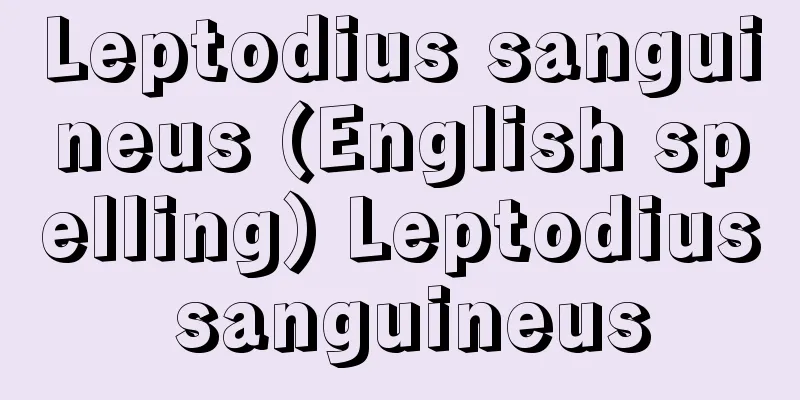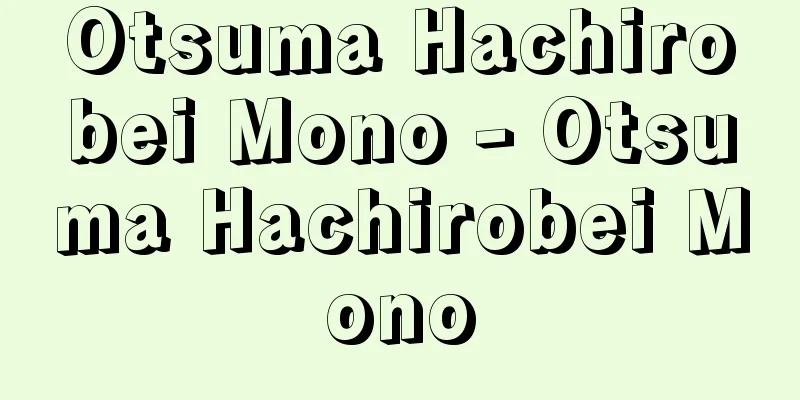Shura Sugae - Akera Kanko

|
Year of death: 12/12/17 (1799/1/17) Year of birth: 1738 A kyoka poet from the Edo period. Yamazaki. His name was originally Kagemoto, then Kagekan. He was commonly known as Gosuke. His haiku name was Kanryu. He went by the name Shurakukan. Shuraku Kanko is a kyoka name that is a play on the word "akkerakan." He was a shogunate official and lived in Nijukimachi, Ichigaya, Edo. He became a disciple of the Confucian scholar and poet Uchiyama Chinken, and studied waka poetry, while also becoming familiar with miscellaneous haiku under the haiku name Kanryu. Invited by fellow disciples Ota Nanpo (kyoka Shiho Akara), Karagoromo Kikkou, and Heichi Tosaku, he began kyoka poetry at the beginning of the An'ei period, and eventually led a group of disciples together with his wife (kyoka Setsumatsu Yomeyome), calling themselves the Shuraku Ren. He also tried his hand at sharehon, publishing Uibana Shin-eki in 1777, and Zatsubun Tsunenbukuro and Daitai Goran in 1780, which earned him a reputation as a writer. The following year, in 1775, he was assisted in the publication of "Kawabayaryu" by the Ushigome Onadocho Senryu group, Horairen, probably because of his literary name. In 1783, he served as a judge for the "Manzai Kyokashu" (Collection of Manzai Kyoka) together with Shikata Akayoshi, which marked the beginning of the Tenmei Edo Kyoka craze. In 1782, he selected "Kokonbakashu" (Collection of Kokonbaka), and as a leading figure in the Tenmei Kyoka world, he participated in various Kyoka gatherings and edited Kyoka picture books such as "Ehon Edoshaku" (1786). After Akayoshi left the Kyoka world in 1787, he became a representative figure on the Yamate side along with Karagoromo Kitsushu, and in the Kansei period, his style shifted to waka poetry. Around 1791, he retired to the banks of Shinobazu Pond and took the name of Fundarikaan. After Sugae's death, his wife led the Shura group, and the year after his death, they erected a monument in Mukojima with the poem "What an obsessive mind, what will remain in this world? The cherry blossoms of Yoshino, the moon shining brightly" (it still stands in the grounds of Minomiya Shrine). (Yutaka Sonoda) Source: Asahi Japanese Historical Biography: Asahi Shimbun Publications Inc. About Asahi Japanese Historical Biography |
|
没年:寛政10.12.12(1799.1.17) 生年:元文3(1738) 江戸時代の狂歌作者。山崎氏。名は初め景基,のち景貫。通称は郷助。俳名は貫立。朱楽館と号す。朱楽菅(漢)江は“あっけらかん”をもじった狂名。幕臣で,江戸市谷二十騎町に住んだ。儒者で歌人の内山椿軒の門人となり,和歌を学ぶ一方,貫立の俳名で雑俳にも親しんだ。同門の大田南畝(狂名四方赤良),唐衣橘洲,平秩東作らに誘われて,安永初めごろから狂歌を始め,やがて妻(狂名節松嫁々)と共に門人グループを率いて,朱楽連と称した。また洒落本にも手を染め,安永6(1777)年に『売花新駅』,同8年に『雑文穿袋』『大抵御覧』を刊行し,文名をあげた。翌安永9年に牛込御納戸町の川柳グループ蓬莱連にかつがれて『川傍柳』の刊行に協力しているのも,その文名を慕われてのことであろう。狂歌の方では,天明3(1783)年に四方赤良と共に選者を務めた『万載狂歌集』が,天明江戸狂歌大流行の端緒を作った。同5年には『故混馬鹿集』を自選し,天明狂歌界の重鎮として,種々の狂歌会に参加し,『絵本江戸爵』(1786)などの狂歌絵本も編集した。天明7年に赤良が狂歌界を離れてからは,唐衣橘洲と共に山手側の代表的存在となり,寛政期に入ると,作風は和歌へと移っていった。寛政3(1791)年ごろ,不忍池のほとりに隠居して芬陀利華庵と号した。菅江没後の朱楽連は妻が率い,死の翌年向島に「執着の心や娑婆にのこるらんよし野の桜さらしなの月」の歌碑を建てた(三囲神社境内に現存)。 (園田豊) 出典 朝日日本歴史人物事典:(株)朝日新聞出版朝日日本歴史人物事典について 情報 |
<<: Ageratum (English spelling) Ageratum houstnianum Mill.
>>: Deep-fried food - Fried food
Recommend
Topaz - Topaz (English spelling)
It is also called topaz or yellow jade. It often ...
Quickie - Quickie
However, unlike regular feature films, "B&qu...
Creuzer, Georg Friedrich
Born: March 10, 1771, Marburg Died: February 16, 1...
Ayasugi - Ayasugi
〘Noun〙① (Named after the twisted, tangled leaves) ...
Garry Hill
...The conclusion of Quatrephages and others was ...
Mount Karishiki
...A form of agricultural forest land use in earl...
ninepins
…An indoor sport said to be the origin of bowling...
Ball joint - Kyuukansetu
…In a synovial joint, the protruding joint surfac...
Abashiri Bangaichi
1. A novel by Ito Hajime. Written based on his exp...
School of Letters
...In response to this, a movement for reform eme...
Kangaroo [island] - Kangaroo
An island at the mouth of St. Vincent Bay on the s...
Life instinct - Lebenstriebe [Germany]
A concept that S. Freud contrasted with the "...
Oirats - Oirats (English spelling)
A Mongolian ethnic group found in the Russian Fed...
Shimazu Family Documents - Shimazuke Monjo
These are documents from the Middle Ages to the ea...
Tales of the Handan Provinces - Simple Tales
A collection of 20 stories. Written by Ryutei Tane...









